-
¿Cómo cuidar un filodendro?
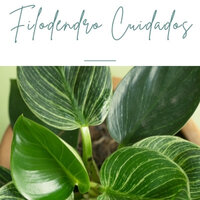
El filodendro (philodendron) es una planta trepadora con grandes hojas verdes en forma de corazón. Estas hermosas plantas son fáciles de plantar en casa, y además tienen propiedades para purificar el aire. Las diferentes especies de Philodendron tienen diferentes características físicas. Tanto en estilo como en tamaño y color.
Actualmente, hay más de 480 tipos reconocidos de filodendro. Algunos son trepadores y pueden adornar paredes enteras, otros son erguidos y pueden pasar fácilmente como árboles de interior en miniatura.
información sobre el filodendro
Los filodendros son originarios de las selvas tropicales de América Central y del Sur. Allí es maravillosamente húmedo y viven de la poca luz que cae entre las hojas de los altos árboles. Para obtener suficiente luz, muchos filodendros crecen y suben por los árboles. Tienen raíces aéreas con las que se aferran a un árbol y crecen lentamente hacia la luz. Incluso hay especies que nunca viven en el suelo, sino que brotan en lo alto del árbol y permanecen allí toda su vida.
La palabra Philodendron proviene del griego y es una combinación de philo; 'amar' y dendron; 'árbol'. Así que a esta planta le encanta la selva.
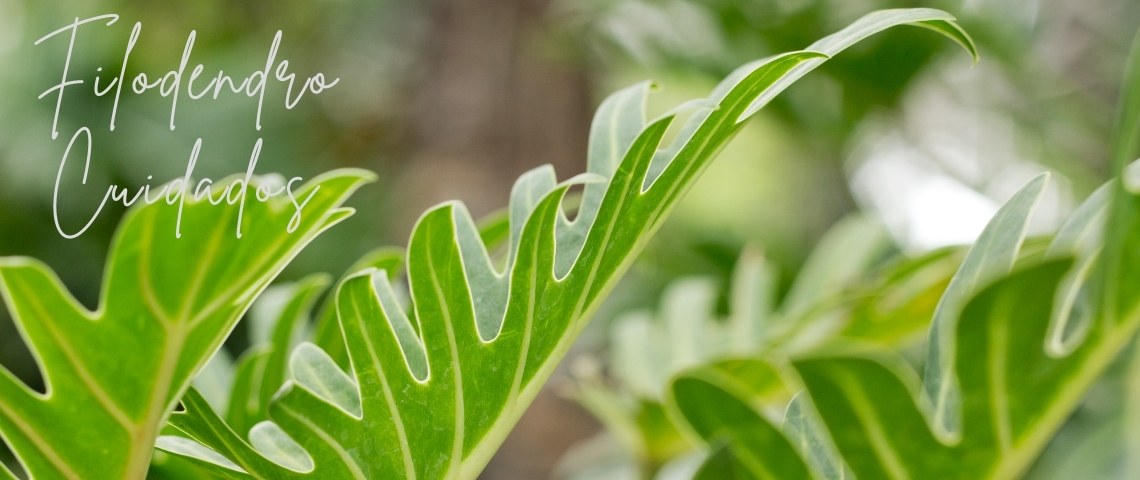
sus características
El filodendro es una planta campeona de purificar el aire. Esto se debe principalmente a las grandes hojas del filodendro. La planta tiene estomas adicionales debido a la gran superficie de sus hojas. El filodendro utiliza estos estomas para convertir el CO2 en oxígeno durante el día. Y eso siempre es bueno, tanto para ti como el medio ambiente.
La familia de los filodendros son tóxicos. Por lo tanto, es aconsejable mantener a las mascotas y a los niños alejados de ella. Esta toxicidad proviene de los cristales de oxalato de calcio. Estas toxinas pueden causar irritación en el interior de la boca o incluso provocar vómitos. Si los síntomas son graves, consulta a un médico.
consejos para cuidar de tu filodendro
Antes de comprar un filodendro, deberías tener en cuenta las siguientes condiciones ideales de mantenerlo en tu hogar. Nosotros te daremos desde los cuidados básicos hasta todos los consejos necesarios para manterner a las strelitzias dentro en casa. ¡Allá vamos!
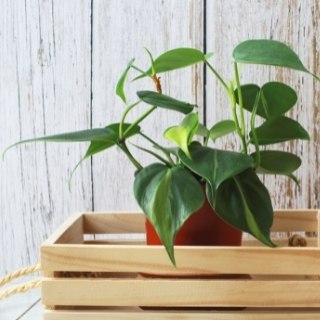
la ubicación
Lo mejor es colocar el filodendro en un lugar con luz solar indirecta a media sombra. ¿Tu filodendro tiene bordes o manchas marrones en sus hojas? Entonces esto es probablemente un signo de demasiada luz solar directa.
El filodendro prefiere algo de espacio en casa. Así la planta puede crecer mucho, y no le gusta crecer contra las paredes o los armarios. ¡No te olvides de girar el Filodendro! La planta crece hacia el sol. Si no gira la planta, sólo crecerá por un lado y eso es exactamente lo que quiere evitar.
el suelo o sustrato
A los filodendros les gusta el suelo arcilloso bien drenado, que es una mezcla de arena, limo y un poco de arcilla. Prefieren un pH entre 5,5 y 6,5, lo que quiere decir que les encanta un sustrato ácido.
la temperatura
La temperatura ideal para los filodendros es de 18 °C a 23 °C a. Hay que evitar las temperaturas inferiores a 13 °C.
la humedad ambiental
La humedad en las selvas tropicales de las que procede el filodendro es muy alta. Esto asegura, entre otras cosas, que las plantas puedan sobrevivir en las copas de los árboles, sin tener raíces que lleguen al suelo. La humedad ambiental en nuestros hogares suele ser bastante baja, sobre todo cuando encendemos la calefacción en invierno.
el riego
Los filodendros prefieren un nivel de humedad equilibrado, ni demasiado húmedo ni demasiado seco. Por lo tanto, lo mejor es palpar si la capa superior del suelo está todavía húmeda. Si está seco, puedes regar la planta. En general, lo mejor es regar un filodendro una vez a la semana. En cualquier caso, es mejor no regar que regar en exceso. El riego excesivo puede provocar la putrefacción de las raíces.
pulverizar sus hojas
Dado su origen tropical, la planta del plátano necesita una humedad relativamente alta. Puedes pulverizar sus hojas regularmente con agua. Para ello, es mejor utilizar agua sin cal o agua de lluvia. Otra cosa que la planta te agradecerá es ponerla en el exterior durante un caluroso chaparrón de verano. El agua de lluvia contiene muchos nutrientes.
escasez de agua
¿Tu filodendro tiene hojas marrones? Las hojas marrones son un signo de poca agua. haz un chequeo del filodendro con más agua y palpa el sustrato de la maceta con regularidad. Asegúrate de que la tierra de la maceta no se seca del todo.
exceso de agua
¿Tu filodendro tiene hojas amarillas? Las hojas amarillas son una señal de que un filodendro ha recibido demasiada agua. No le riegues durante un tiempo hasta que la tierra de la maceta se haya secado, y entonces empieza de nuevo con pequeñas cantidades.
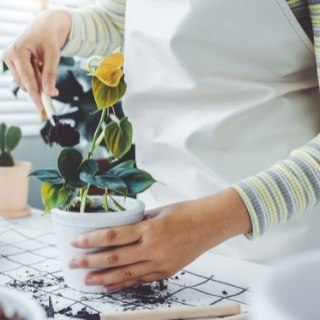
el abono
El filodendro utiliza mucha energía en primavera para el crecimiento de las hojas. Por ello, la planta necesita nutrientes adicionales. Puedes dar los nutrientes por medio de alimentos para plantas. Se recomienda alimentar las plantas una vez a la semana. De la primavera al otoño. Después del otoño y en invierno es mejor no dar ninguna nutrición extra. En otoño, los alimentos vegetales pueden ser perjudiciales para el filodendro.
el trasplante
En general te aconsejamos trasplantar tu filodendro cada dos años, y por supuesto cuando la maceta se quede pequeña. El trasplante proporciona a la planta nuevos nutrientes y más espacio para el crecimiento de las raíces. La nueva tierra aireada para macetas también es muy buena para regar. La mejor época para el trasplante es la primavera.
Puedes utilizar sustrato o tierra universal para macetas al realizar el trasplante de una strelitzia. La tierra contiene suficiente nutrición básica para mantener la planta en plena forma. Sin embargo, durante el periodo de crecimiento en primavera y en verano es aconsejable añadir algo de nutrición extra. También puedes poner hidrogranulado en el fondo de la maceta para evitar que las raices queden encharcadas en agua al fondo de la maceta o macetero.
la reproducción
Hemos encontrado un video perfecto para los amantes de las plantas que quieran reproducir su planta de interior de filodendro. Describe todo lo que necesita saber para una reproducción perfecta de su filo.
posibles plagas y enefermedades
El filodendro no es propenso a las enfermedades ni a las plagas. Siempre puede haber moscas de la muerte y podredumbre de las raíces, aunque esto suele deberse a un cuidado descuidado.
Al igual que los pulgones, los ácaros chupan la savia de las hojas. Puede reconocer los ácaros por las telas de araña en las hojas y las manchas amarillas en la hoja. La mejor manera de controlar las arañas rojas es biológicamente con otros animales, como los ácaros depredadores. También es aconsejable averiguar la causa, para poder evitar que los ácaros crezcan la próxima vez. Pulverizar la planta a diario puede ayudar, ya que a los ácaros no les gusta la humedad elevada.
Ten en cuanta: si tu planta goza de buena salud, si recibe suficiente agua y luz y no está expuesta a las corrientes de aire, es mucho menos probable de que sufra de las plagas.
comprar filodendro
La familia de los filodendros es enorme y también hay muchas especies diferentes que crecen bien en el interior. Además son relativamente fáciles de cuidar, es una buena familia de plantas para tener en casa. ¿Tienes un filodendro favorito? Tenemos un montón de philodendrons disponibles para ti en nuestra tienda online. ¡Échales un vistazo! En este artículo de mostramos nuestro top 3.
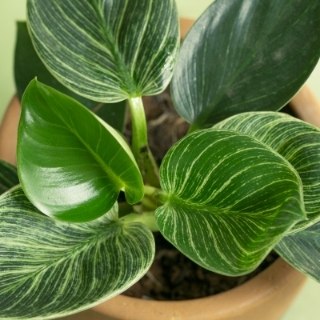
philodendron birkin white
¡Descubre este precioso philodendron birkin white! ¡Pídela ya en nuestra tienda online, llega fresca directamente del vivero, te la empaquetamos cuidadosamente y la tendrás en 1-3 días en tu casa sin gastos de envío!
- altura: 30-40cm ↕
- maceta: 20cm Ø
- cantidad: 1
- color: hojas verdes con rayas blancas
- cultivado en España
philodendron imperial red
El filodendro segundo más vendido es el philondendron imperial red! ¡Cómpralo online con toda comodidad y nuestra garantía de calidad. y te la traemos a tu casa dentro de 1-3 días!
- altura: 45-55cm ↕
- maceta: 20cm Ø
- cantidad: 1
- color: hojas verdes y rojas grandes
- cultivado en España
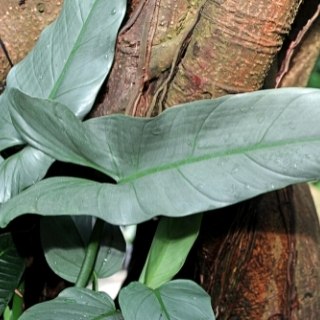
philodendron hastatum
Otra opción y terminando este top 3 es este philodendron hastatum! ¡Cómpralo online con toda comodidad y te la traemos a tu casa dentro de 5 días.!
- altura: 65-70cm ↕
- maceta: 19cm Ø
- cantidad: 1
- color: hojas verdes plateadas
- cultivado en los Países Bajos
No se encontraron respuestas.